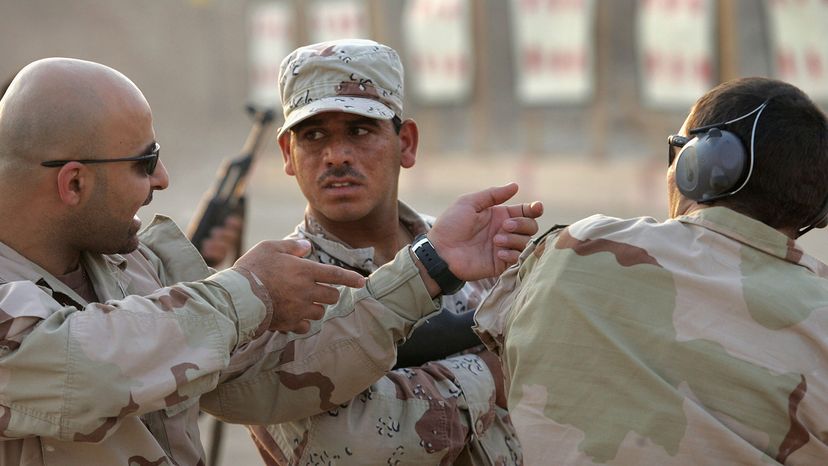Navy SEAL Unconventional Warfare

During the Persian Gulf War (aka Operation Desert Storm, 1991), after a month of air attacks against Iraq, Allied forces were ready to move into Iraq-occupied Kuwait and begin the ground war. With 17,000 Marines in ships off the coast of Kuwait City, the Foxtrot platoon from SEAL Team One had the mission of creating a diversion. The plan was to make the Iraqis believe that Allied forces were planning an amphibious attack.
In the dark of night, the SEAL team approached the Kuwaiti shore in landing boats, stopping about 500 yards (457 meters) out and swimming the rest of the way in. Each SEAL towed a 20-pound (9-kilogram) case of explosives. Right under enemy noses, they planted the explosives on the Kuwaiti coast and swam back to their boats. The explosives were set to go off at 1 a.m.
Advertisement
As the land explosives went off, the SEALs fired automatic weapons and launched grenades, creating a huge amount of noise that caught the attention of the Iraqis. The noise, combined with the force of Marines seen off the coast, convinced the Iraqis that the attack was coming from the sea. They pulled two divisions from the front line and moved them to the coast, only to find the SEALs and the Marine diversion gone. The ground war began against a much weakened and vulnerable Iraqi force.